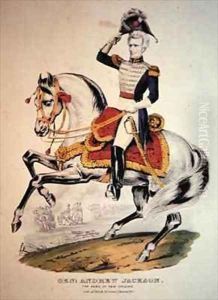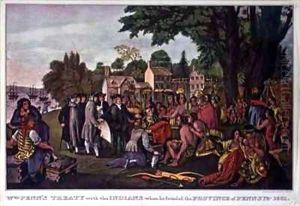Currier, N. Paintings
Nathaniel Currier was a successful American lithographer and the founder of the American printmaking firm Currier & Ives. Born on March 27, 1813, in Roxbury, Massachusetts, Currier grew up in a time when the art of lithography was still in its infancy in the United States. He moved to Philadelphia at a young age to apprentice in the lithography trade. After his apprenticeship, he moved to New York City where in 1835 he created his own lithography business, N. Currier, Lithographer.
Currier's early work involved printing music manuscripts, but he soon began to focus on creating lithographs that depicted current events, including disasters, political events, and other newsworthy items. It wasn't long before his prints gained popularity due to their quality and timeliness. His work 'Ruins of the Merchants' Exchange N.Y. after the Destructive Conflagration of Decbr 16 & 17, 1835' published in 1835, was an early success and is a good example of his event-focused prints.
In 1857, Currier partnered with James Merritt Ives, who had a knack for business and was also an accomplished artist. This partnership led to the formation of the famous Currier & Ives, known for producing hand-colored lithographs of subjects ranging from landscapes to historical scenes, and from genre scenes to portraits. The firm, Currier & Ives, became synonymous with American visual culture of the 19th century and was incredibly prolific, producing over 7,500 different titles.
The lithographs produced by Currier & Ives were not only significant as historical documents of the time, but they also played a crucial role in shaping the popular visual culture of the era. Their prints were affordable and widely accessible, allowing middle-class Americans to decorate their homes with these works. Some of the most popular prints included winter scenes, landscapes, and prints marking important moments in American history.
Nathaniel Currier retired in 1880, and James Ives continued to run the firm until his death in 1895. The firm closed in 1907, but its prints continue to be highly collectible. Nathaniel Currier died on November 20, 1888, in Amesbury, Massachusetts. His legacy is preserved through the vast body of work that remains popular among collectors and historians as a valuable visual record of 19th-century American life.

